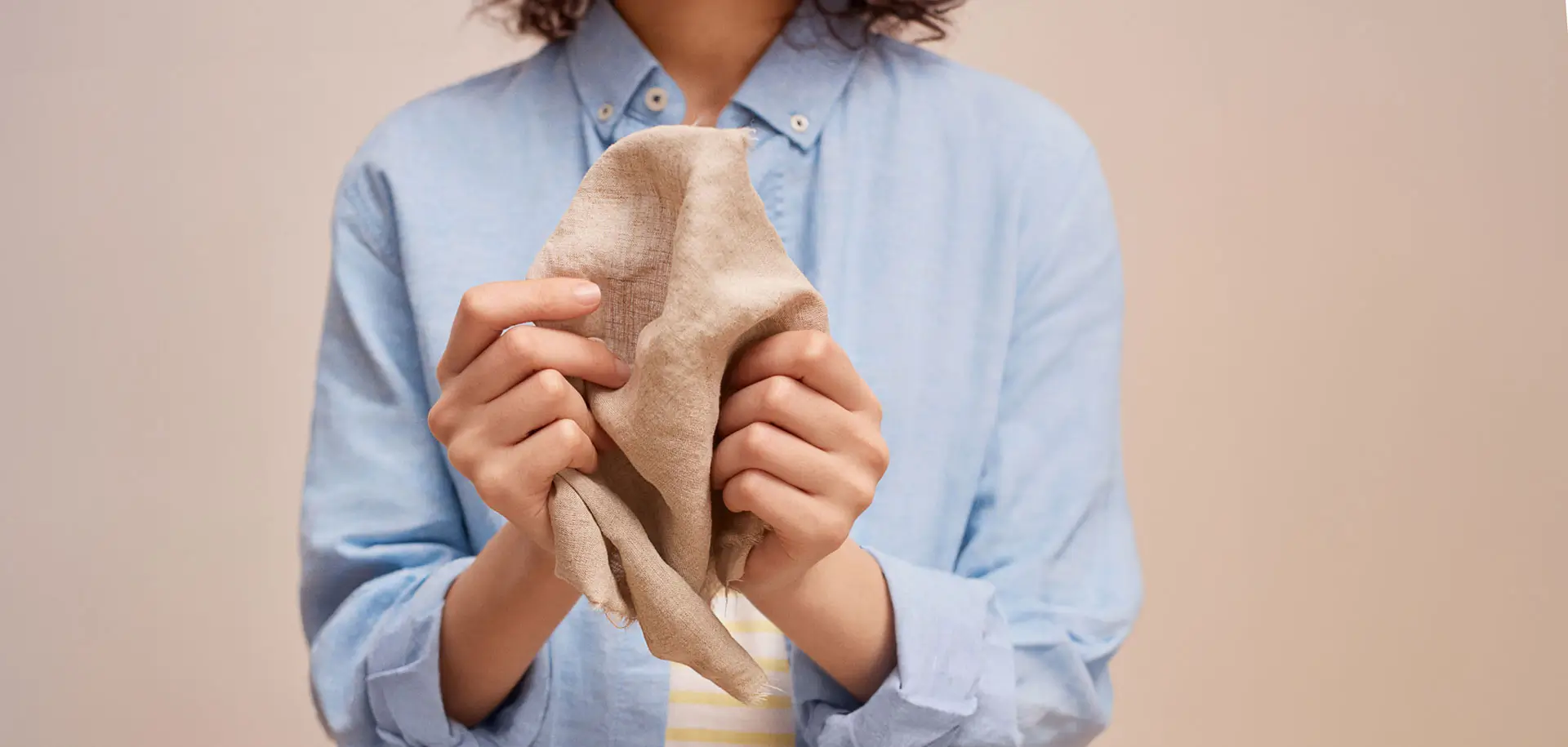

Fashion's impact on the planet starts with its raw materials. That's why we have made a great effort to increase the use of more sustainable options, taking into account water, energy, land and chemical use, as well as the impact on our employees.
Material GuidelinesWhen we label a product with 'BE PART', we're simply letting you know that it's 'more sustainable'. We only do this when it has achieved the specific requirements of certification standards or branded fibres that we track with defined processes (SOP). Find a detailed overview of all standards here.
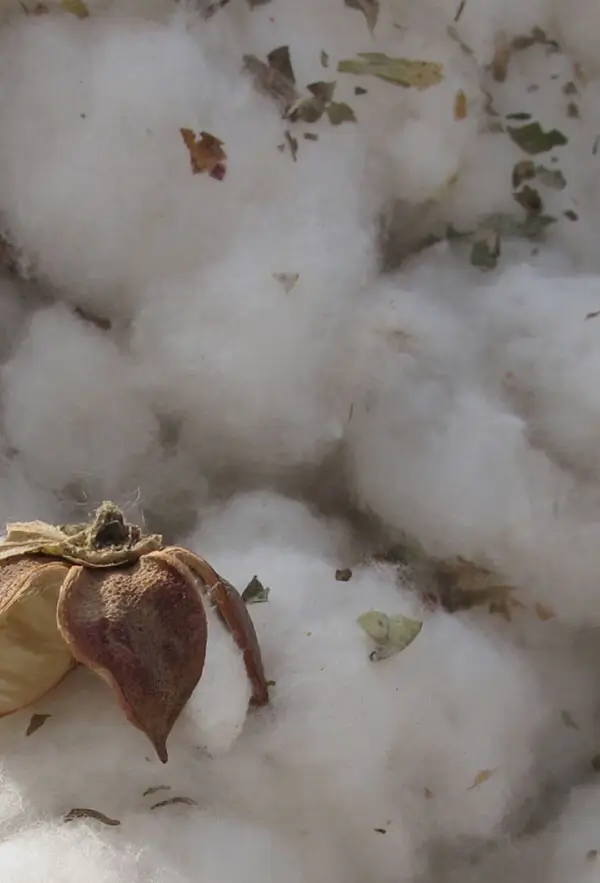

Organic Cotton
Grown with natural fertilisers and without harmful chemicals. This protects both the health of the soil and the working environment for farmers.


Recycled Cotton
Made from cotton waste (post-industrial & post-consumer). Recycled Cotton saves natural resources, water and energy.


In-conversion Organic Cotton
Cotton, which is in transition from conventional to organic agriculture. The fields require up to 3 years to recover from artificial poisons and pesticides of conventional cotton agriculture.

Recycled Cotton from RECOVER ™
Recover™ produces high-quality recycled cotton fibre at a low environmental cost.

LENZING ™ ECOVERO ™
The responsible production of LENZING™ ECOVERO™ fibres uses at least 50% less water and emits at least 50% less CO2 compared to generic viscose fibres, according to Higg MSI^, thereby saving precious resources for future generations.

TENCEL™ Lyocell
The responsible production of TENCEL™ Lyocell and Modal fibres uses at least 50% less water and emits at least 50% less CO₂ compared to generic Lyocell and Modal fibres, according to Higg MSI^, thereby saving precious resources for future generations.
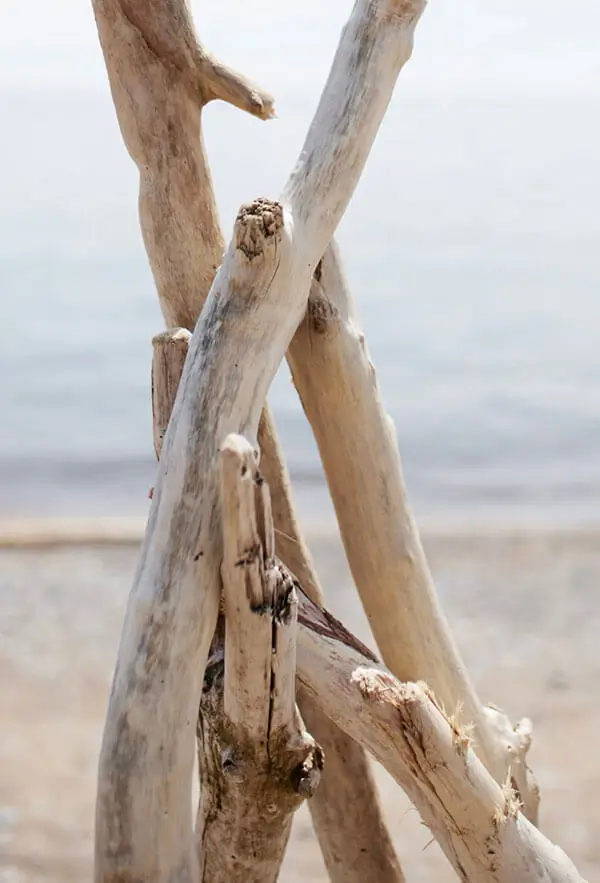

Livaeco by Birla Cellulose Viscose
Natural fibre obtained from wood sourced from FSC® certified sustainable forests. Saves water, increases forest cover and reduces CO2 emissions. Biodegradable fibre and traceable sources.


Lyocell threads
Obtained from wood grown in more sustainably-managed forests. Closed circuit production: reuse of water and over 99% of chemicals. EU-Ecolabel certified.


Livaeco Modal
Natural fibre obtained from wood sourced from FSC® certified sustainable forests. Saves water, increases forest cover and reduces CO2 emissions. Biodegradable fibre and traceable sources.

Certified Linen
The cultivation of certified linen requires no pesticides. Resistant to vermin and biodegradable.

Hemp FIBRE
Hemp cultivation requires less water and pesticides than conventional fibres such as cotton.

TENCEL™ Modal
The responsible production of TENCEL™ Lyocell and Modal fibres uses at least 50% less water and emits at least 50% less CO2 compared to generic Lyocell and Modal fibres, according to Higg MSI^, thereby saving precious resources for future generations.
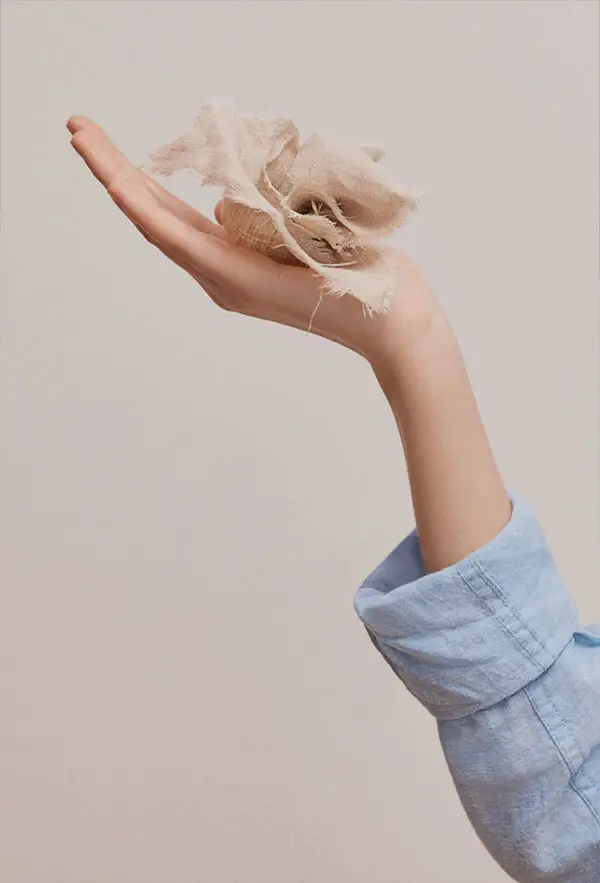

Linen
Environmentally friendly fibre. Linen cultivation requires less water and pesticides than conventional fibres such as cotton.


Recycled Wool
Made from wool waste. The use of recycled wool is one initiative of our animal welfare policy.


REPREVE®
Branded performance fibre made from recycled materials (including plastic bottles). Advantages: fewer CO2 emissions, less water and energy consumption.

REPREVE® Our Ocean ™
Branded performance fibre sourced from PET bottles at high risk of entering the ocean. Advantages: fewer CO2 emissions and less waste.

REPREVE® Insulation
Branded performance fibre made from recycled materials (including plastic bottles). Advantages: fewer CO2 emissions, less water and energy consumption.

REPREVE®
Branded performance fibre made from recycled materials (including plastic bottles). Advantages: fewer CO2 emissions, less water and energy consumption. Shows the estimated number of 500ml bottles, which have been recycled to produce the new fibre.
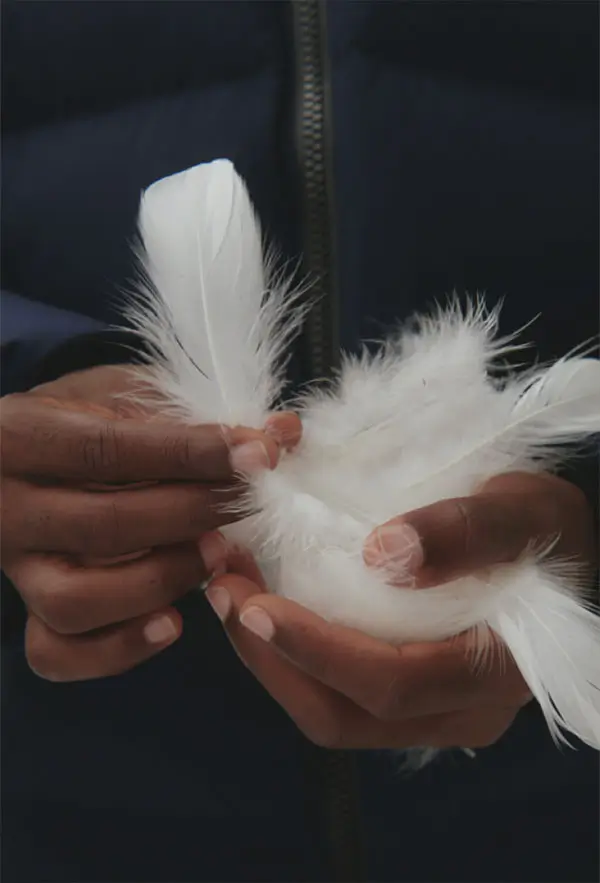

Recycled feathers & down
Feathers and down recycled and thus reused from products like pillows or duvets. This is one initiative of our animal welfare policy.
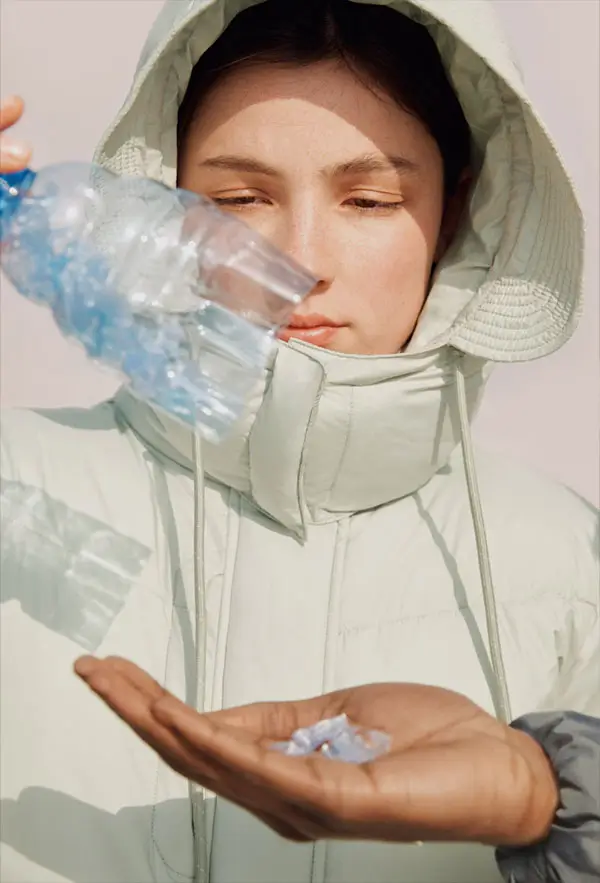

Recycled Polyester
Made from pre- and post-consumer waste - such as PET bottles. Transforming this waste into a new resource protects natural resources and saves water & energy.


Recycled Polyamide
Made from the waste of other polyamide productions. Transforming this waste into a new fibre protects natural resources and saves water & energy.

Recycled threads
Made from recycled materials. Used as a replacement to conventional threads.

PETA approved vegan
All materials and trims are free from animal sources and not tested on animals. Certification by the animal protection organisation PETA.
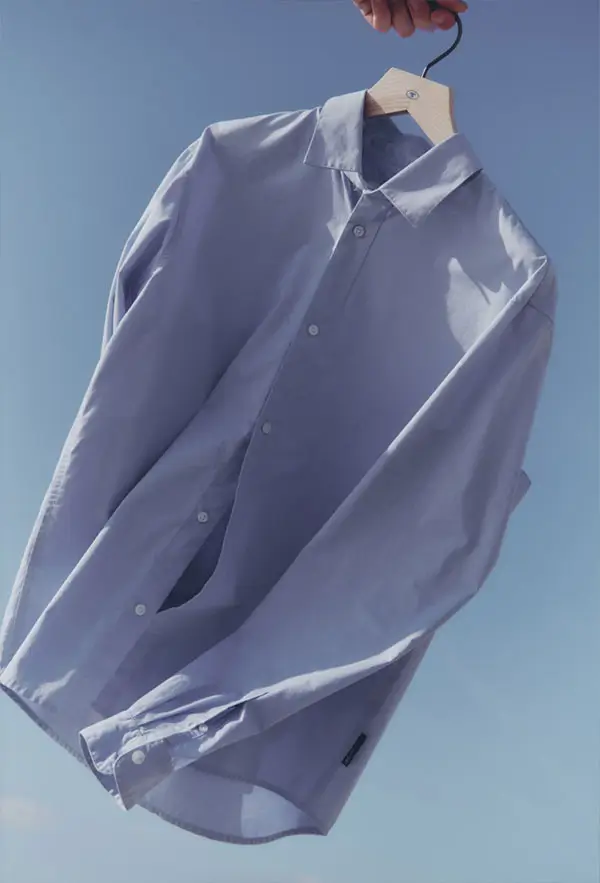


Eco-Wash
Eco-Wash uses enzymes instead of mechanical or chemical operations. Less water is needed, and less waste is produced, compared to conventional treatments such as stonewashing.


Better Dyeing
The more sustainable dye: less chemicals & water is needed. The impact on the environment is reduced.


CLEANDYE
Zero water used for the dyeing. Instead CO₂ is liquified under high pressure and serves as a carrier for the dye. After dyeing, 95% of the CO₂ can be reused.

LOW IMPACT EIM Score by Jeanologia®
EIM = Environmental Impact Measurement evaluates the garment in four categories: water consumption, energy consumption, chemical impact and worker's health.
'Low impact' is our goal for every pair of jeans. To achieve it, we treated this garment environmentally-friendly within the production process.

MEDIUM IMPACT EIM Score by Jeanologia®
EIM = Environmental Impact Measurement evaluates the garment in four individual categories: water consumption, energy consumption, chemical impact and worker's health.
If a denim is evaluated 'medium impact', its production needs to be improved.

HIGH IMPACT EIM Score by Jeanologia®
EIM = Environmental Impact Measurement evaluates the garment in four individual categories: water consumption, energy consumption, chemical impact and worker's health.
'High impact' is the worst result. Actions must be taken.


ZERO WATER BLUE
Denim is typically blue, made from indigo cotton. This blue colour arises in a complex process, and needs thousands of litres of water. These end up as wastewater.


Ozone wash
The aesthetic finish for the authentic 'used' look. Usually, you need water (125 litres on average), chemicals, enzymes and stones for this process.

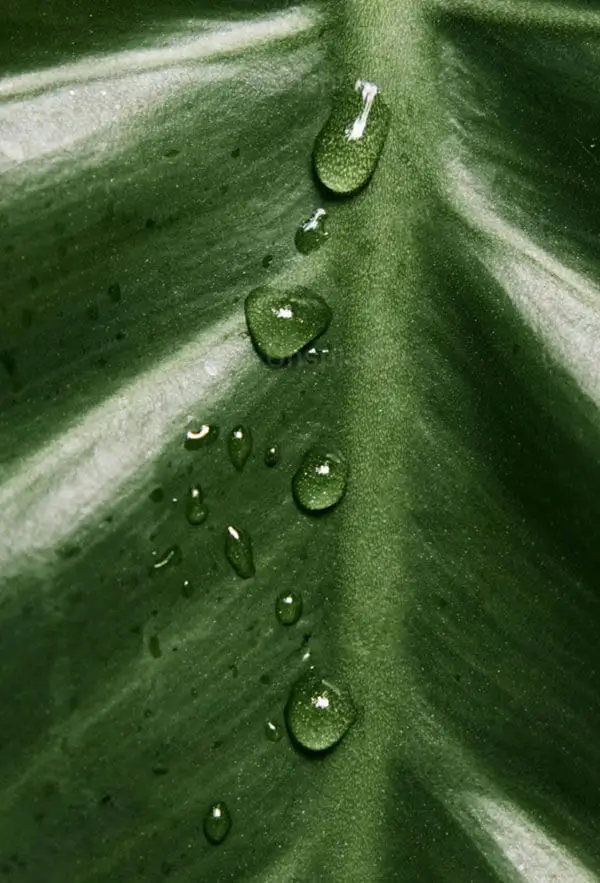

Water repellent finish
Resource-saving finish that repels water and water-based stains.


BIONIC-FINISH® ECO
Water repellent finish, 100% fluorine-free.


Laser finish
Instead of chemicals or mechanical treatments, the 'wash' and used-effects are made with a laser technology. This finish saves water and chemicals.

Teflon EcoElite™
100% bio-based and non-fluorinated stain protection technology that repels water and water-based stains.

E-Flow
For a soft hand feel, the surface of the garment is 'broken in'. This uses minimal water and generates zero waste.



